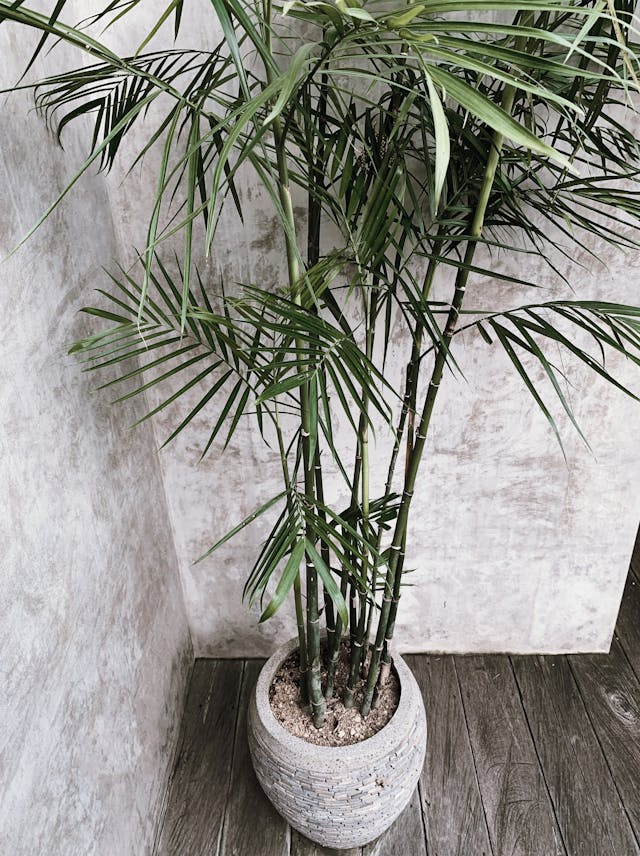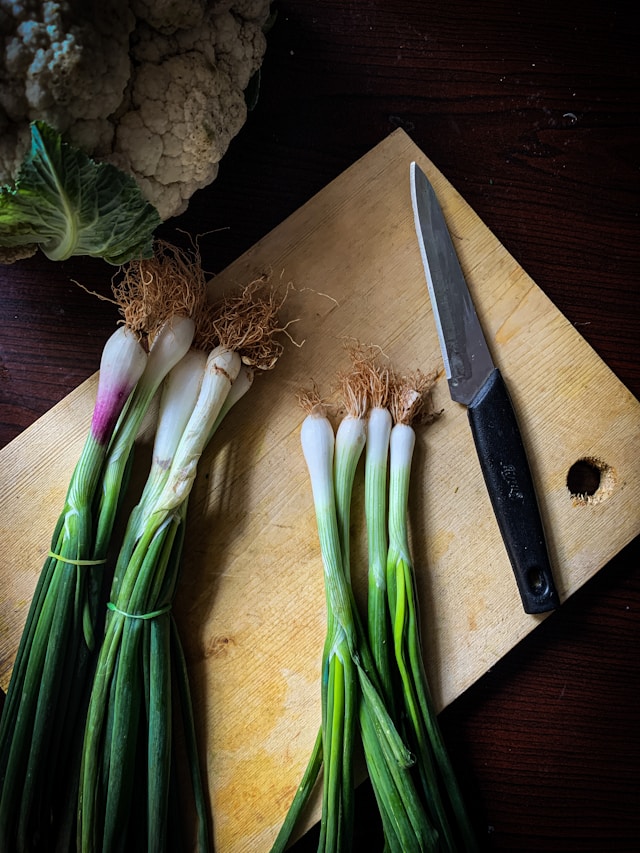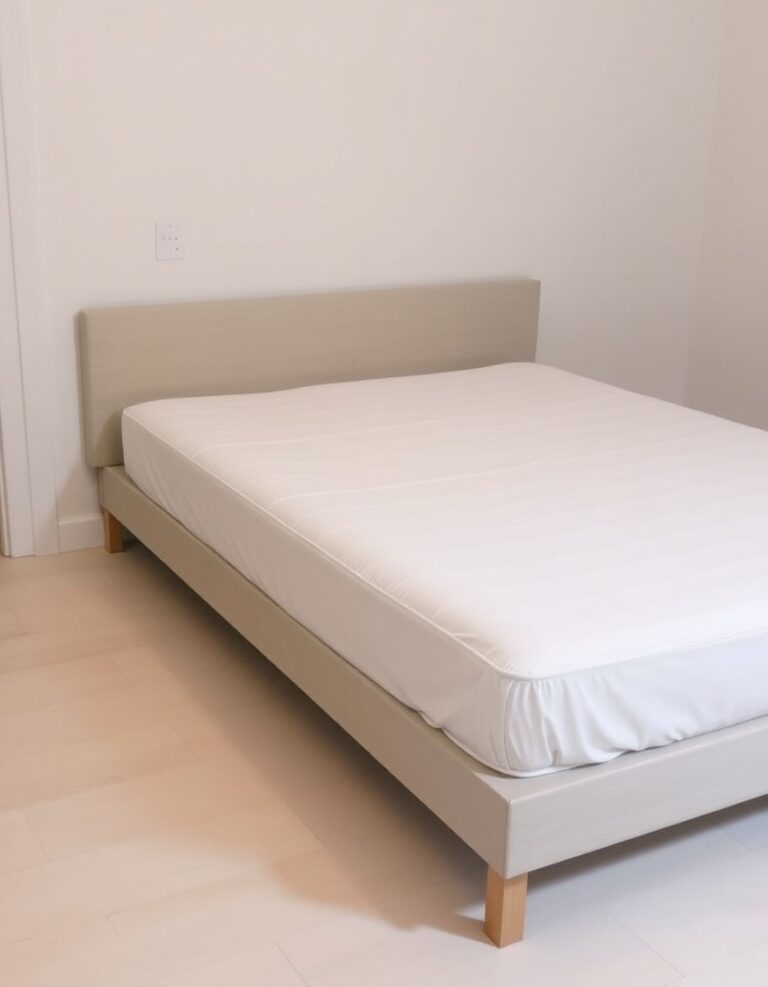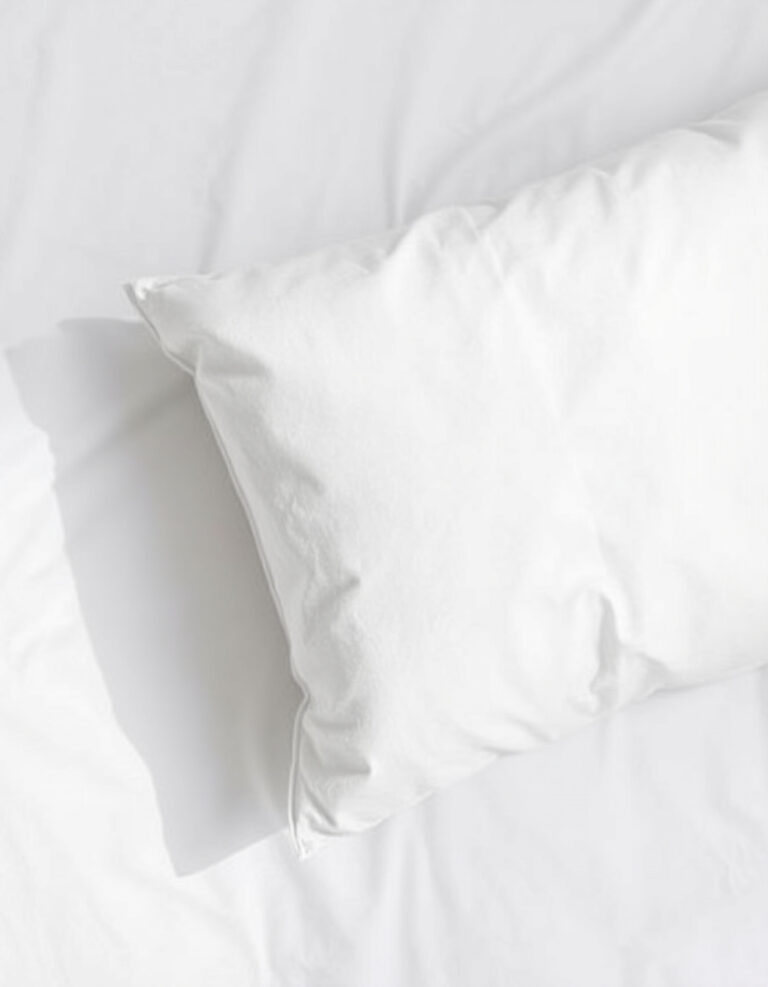Introduction to Pastel Bedrooms
Pastel bedrooms create serene, inviting spaces that promote rest and relaxation. These gentle color schemes offer versatility and adaptability, making them suitable for various design styles, from contemporary minimalism to classic elegance. Whether you’re renovating your main bedroom, updating a guest room, or designing a child’s space, pastel tones provide an excellent foundation for creating a peaceful sleeping environment.
In this comprehensive guide, we’ll explore 18 inspiring pastel bedroom concepts that showcase how these soft hues can enhance your living space. From wall colors and furniture selections to textiles and decorative elements, these ideas will help you craft a cohesive, stylish pastel bedroom that reflects your personal taste while maintaining a tranquil atmosphere.
Why Choose Pastel Colors for Your Bedroom?
Pastel colors—diluted versions of primary and secondary hues—offer numerous benefits for bedroom design:
- They create visual spaciousness, making small rooms appear larger
- They establish a calm, peaceful ambiance conducive to rest
- Pastel tones are highly versatile and complement many decorative styles
- They provide a neutral yet interesting backdrop for personal expression
- Pastel bedrooms tend to feel fresh and clean
- These colors can be easily updated or modified as design preferences change
18 Inspiring Pastel Bedroom Ideas
1. Monochromatic Pastel Scheme
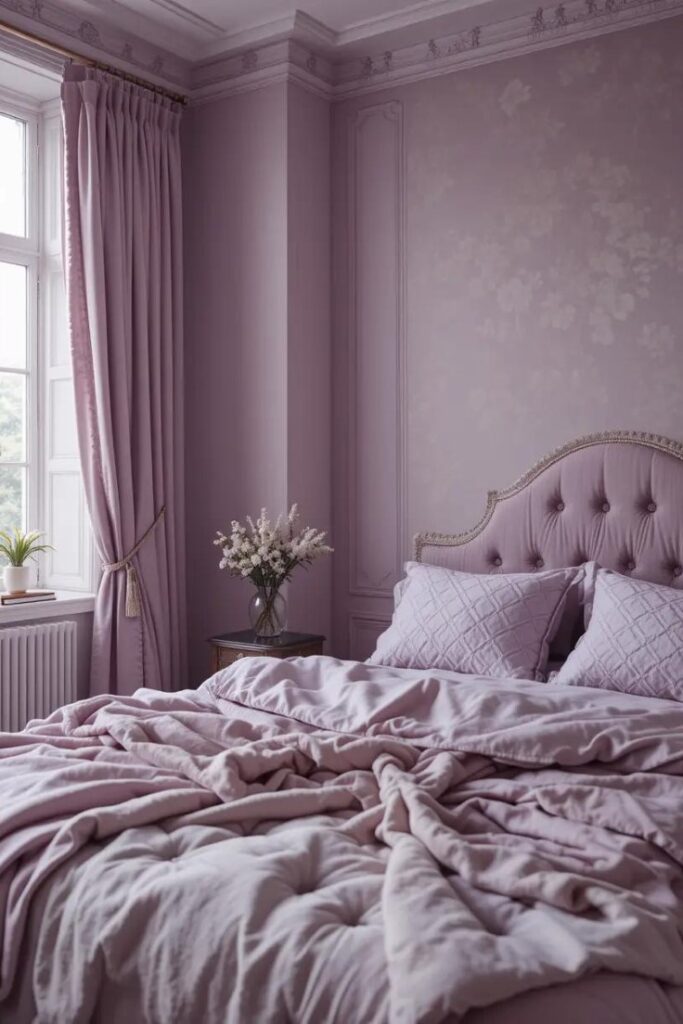
A single-tone pastel bedroom creates a cohesive, enveloping atmosphere. Choose one pastel shade—like soft lavender, gentle mint, or pale blue—and incorporate various tints and tones throughout the space. Use different textures in the same color family to add depth and interest while maintaining visual harmony.
2. Pastel Color Blocking
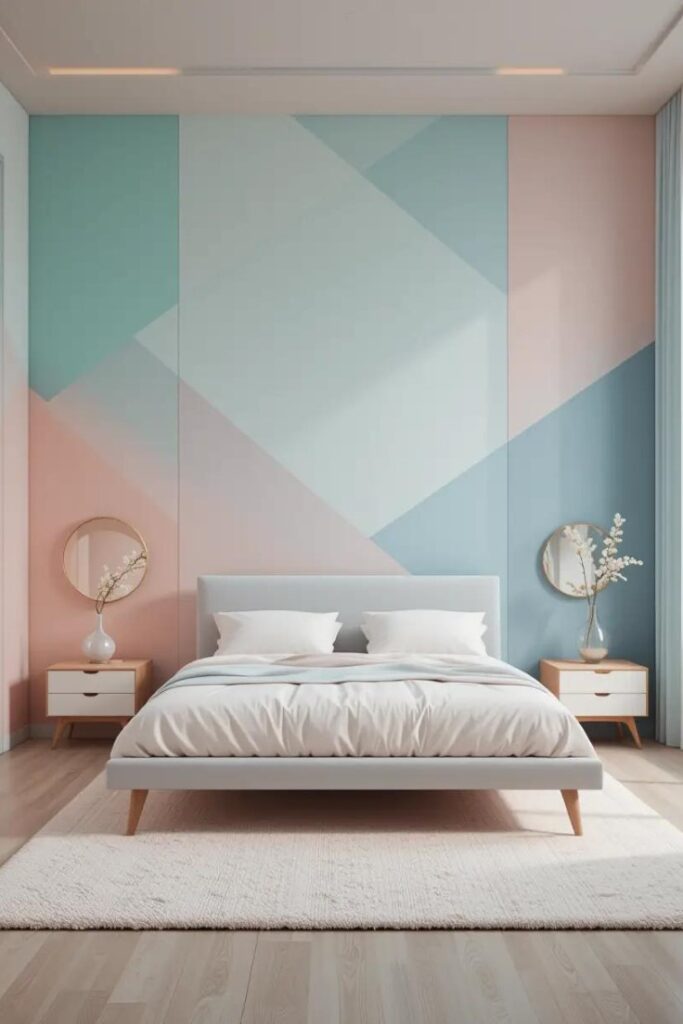
For a more contemporary approach, try color blocking with complementary pastels. Divide your walls into geometric sections using painter’s tape, then fill each area with different pastel hues. This technique adds architectural interest and modern flair to your pastel bedroom without overwhelming the senses.
3. Pastel Accent Wall
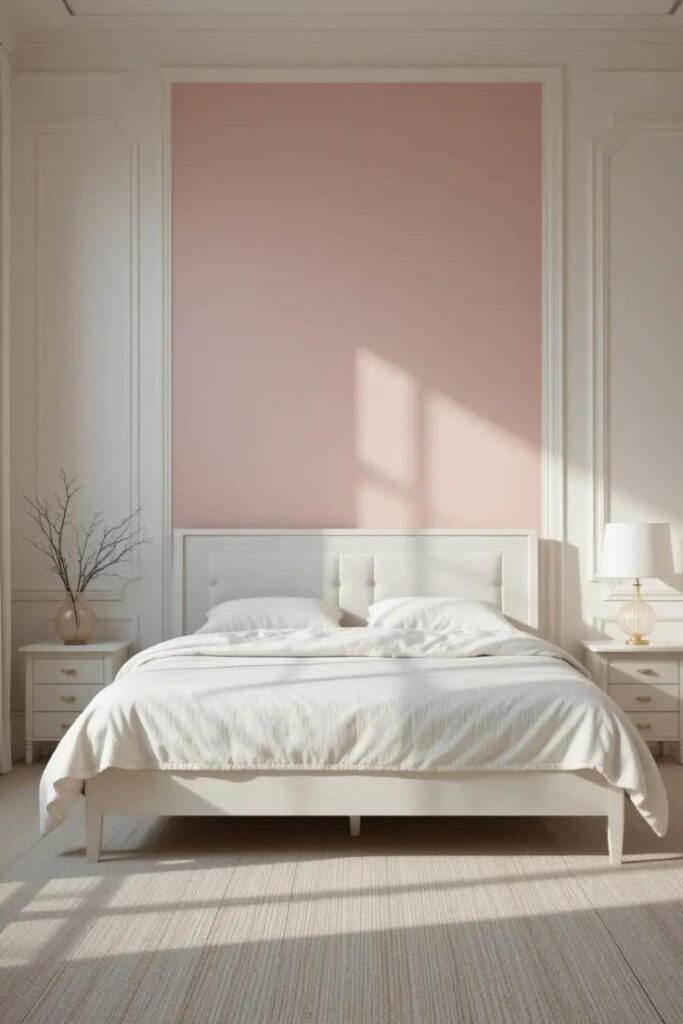
If you prefer a more subtle approach, create a focal point with a pastel accent wall behind your bed. Keep the remaining walls neutral with white or cream to balance the space. This targeted use of color draws attention to your bed while maintaining an overall light, airy feeling throughout the room.
4. Pastel Ceiling Statement
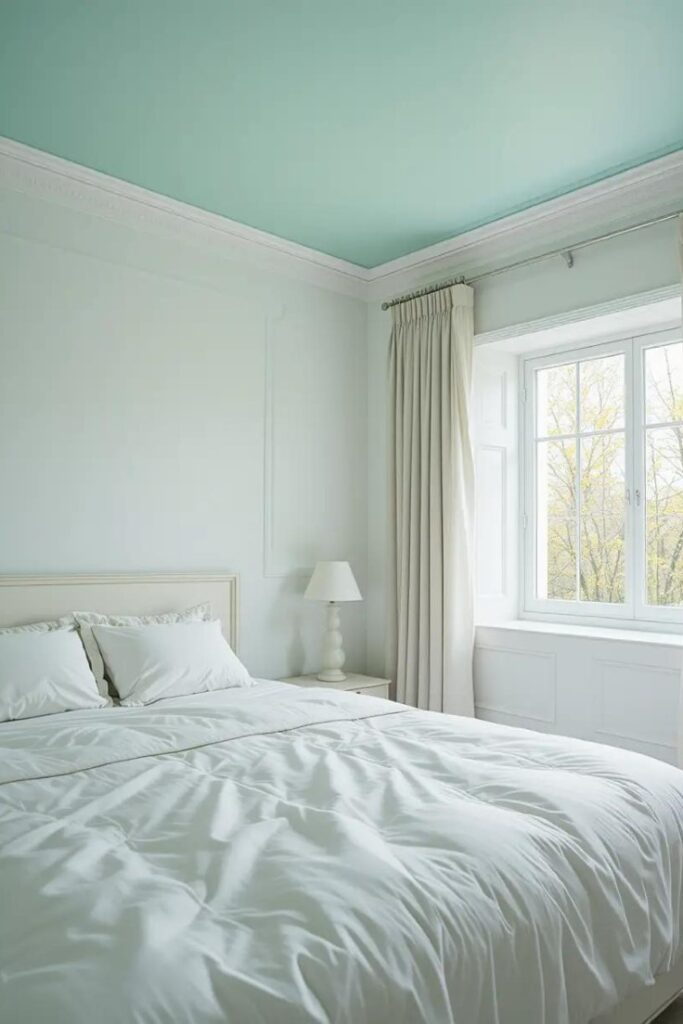
For an unexpected twist, paint your ceiling a soft pastel shade while keeping walls neutral. This surprising design element draws the eye upward, creating the illusion of height and adding architectural interest without dominating the room. Pale pink, mint, or lavender ceilings pair beautifully with white walls.
5. Pastel Furniture Pieces
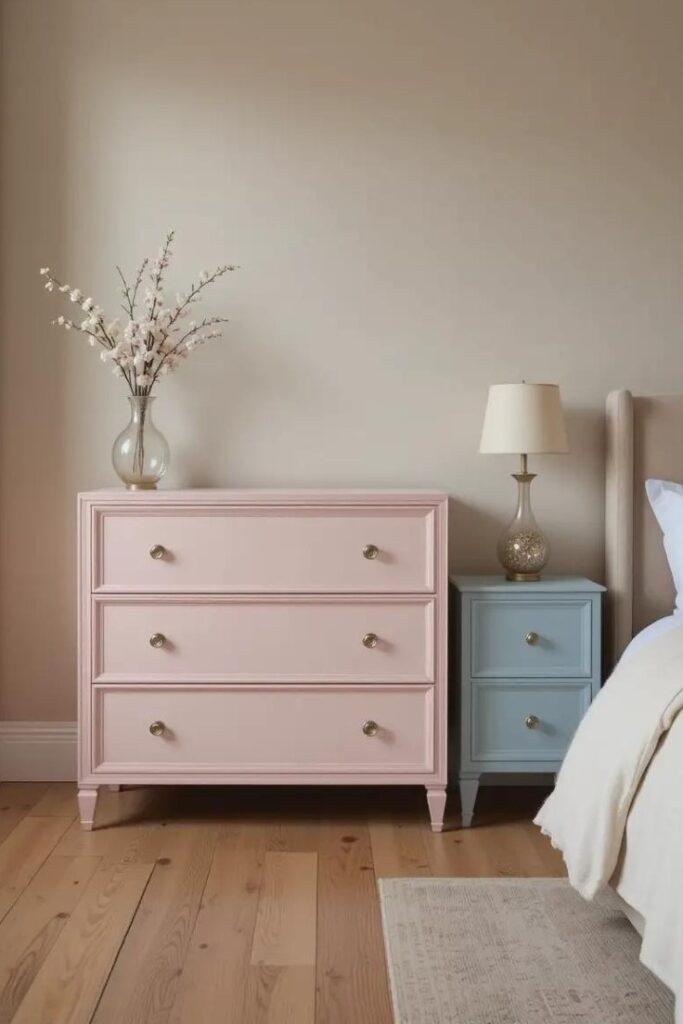
Incorporate pastel colors through key furniture pieces rather than wall paint. A pale blue dresser, blush nightstands, or a mint desk can serve as focal points in an otherwise neutral space. This approach allows for easier updates as your preferences evolve.
6. Layered Pastel Bedding
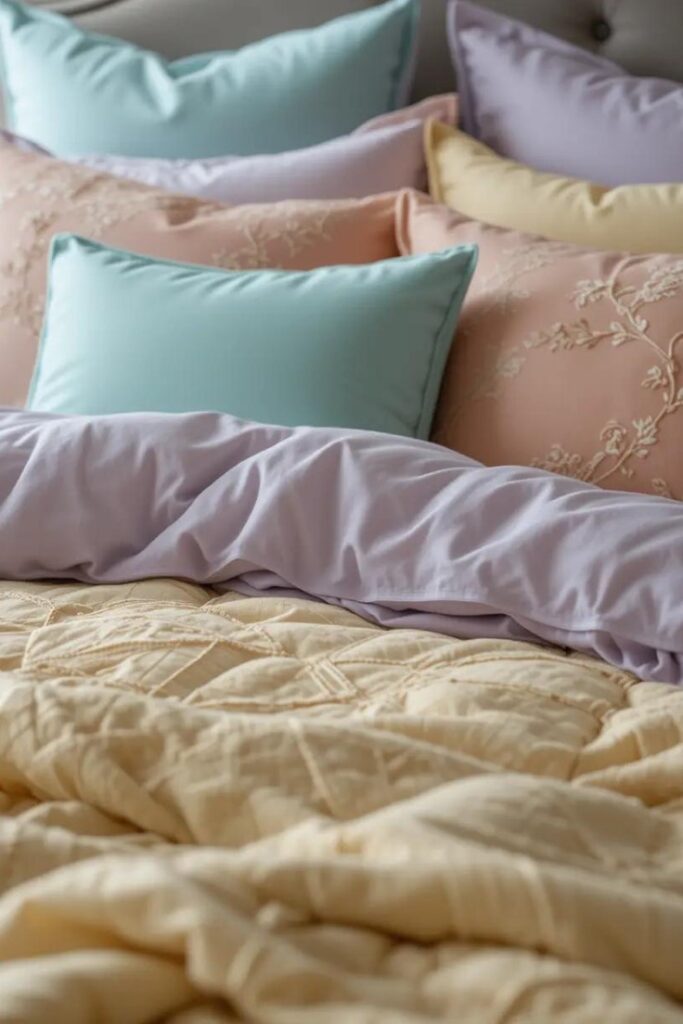
Create a luxurious bedding arrangement using multiple pastel tones. Layer complementary shades in different textures—perhaps a soft yellow quilt over lavender sheets, topped with mint and peach throw pillows. This approach adds visual interest while maintaining the soothing qualities of your pastel bedroom.
7. Pastel and Metallic Combination

Enhance pastel colors with metallic accents for sophistication and visual interest. Gold, silver, or copper elements—in light fixtures, mirror frames, or decorative objects—catch the light and add dimension to soft pastel surroundings. This combination feels both contemporary and elegant.
8. Pastel Floral Elements
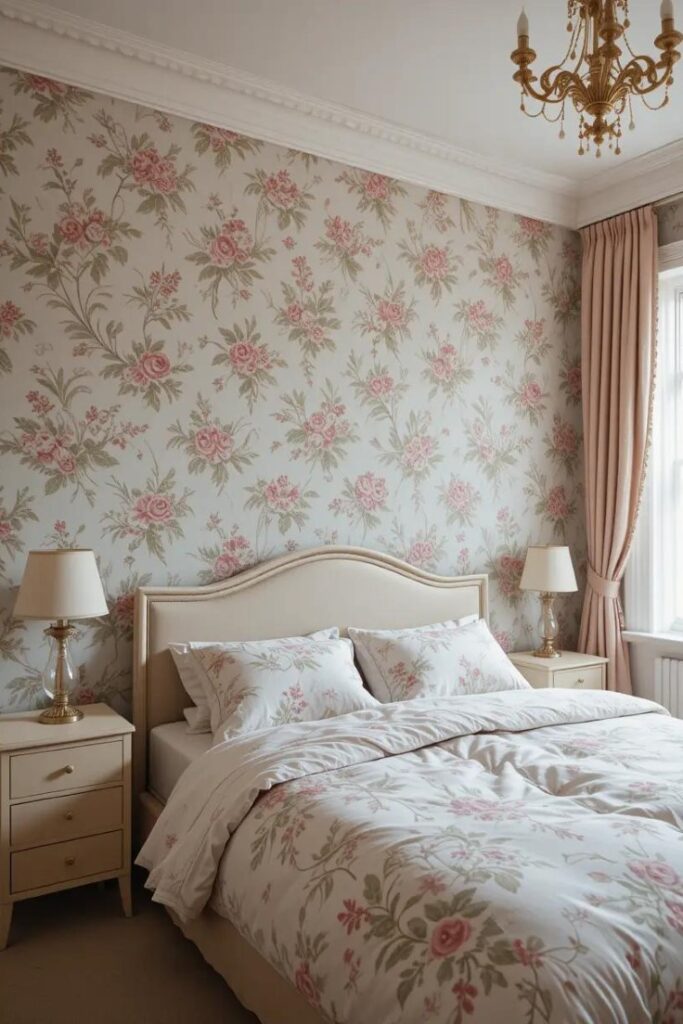
Incorporate botanical patterns in pastel shades through wallpaper, textiles, or decorative items. Floral motifs complement the soft nature of pastel colors while adding pattern and visual texture. Limit floral elements to one wall or a few accessories to prevent overwhelming the space.
9. Pastel With Natural Materials
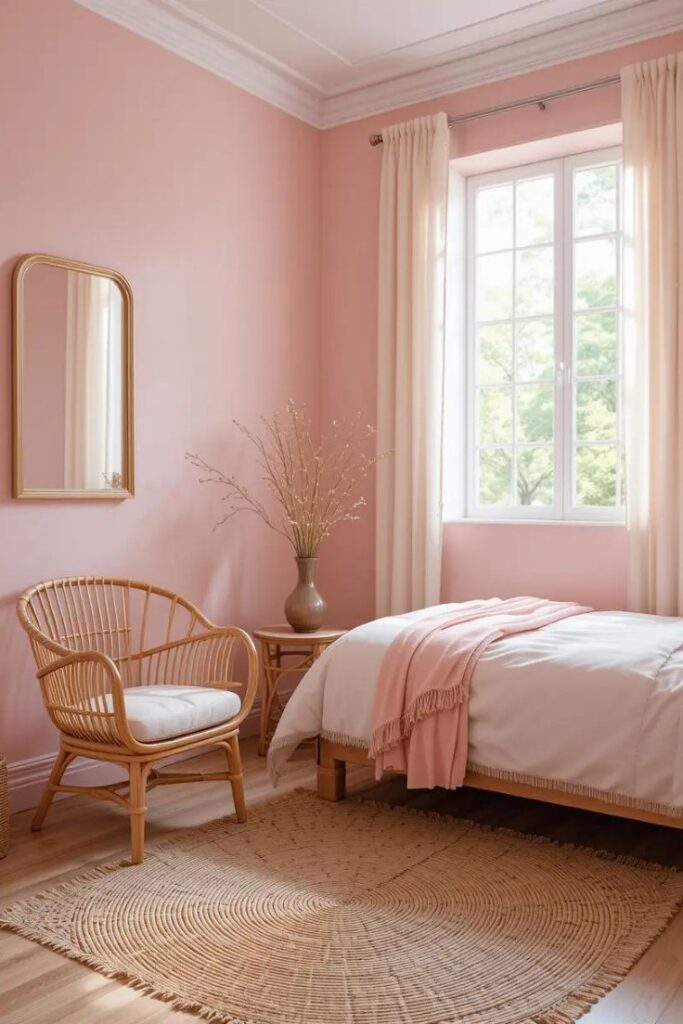
Balance the softness of pastel colors with natural materials like wood, rattan, jute, and linen. These organic elements add warmth and texture to pastel surroundings, preventing the room from feeling too sugary or delicate. Consider wooden furniture with simple lines against pastel walls.
10. Geometric Pastel Patterns
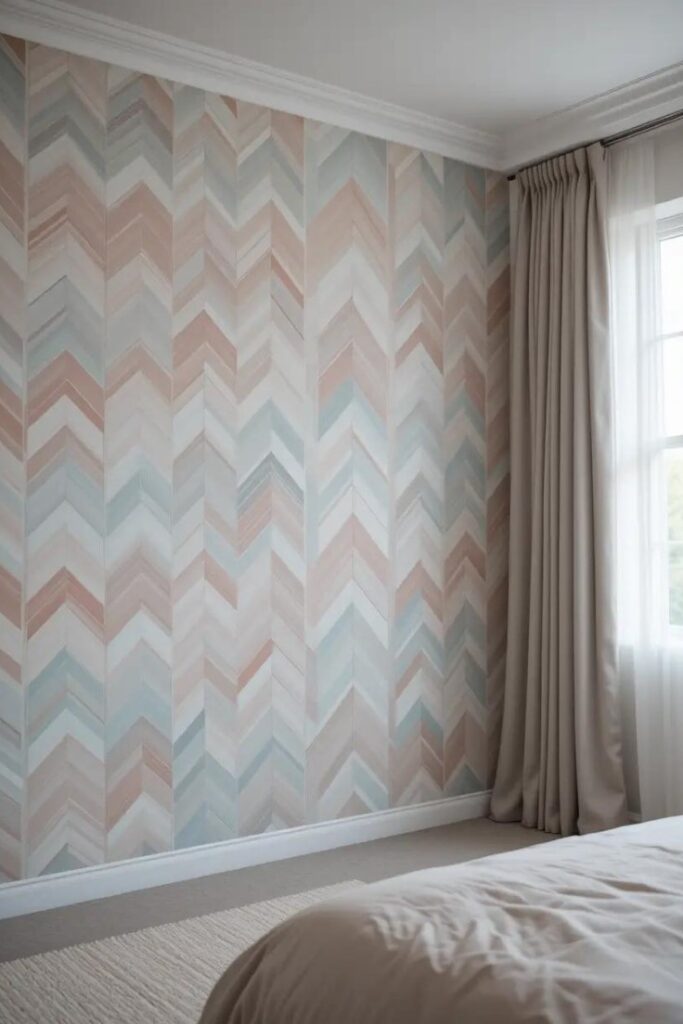
Add visual interest to your pastel bedroom with geometric patterns. Chevron, herringbone, or hexagonal designs in soft pastel colors create contemporary appeal without overpowering the space. Introduce these patterns through wallpaper, rugs, or textiles for a modern touch.
11. Pastel Ombré Effect
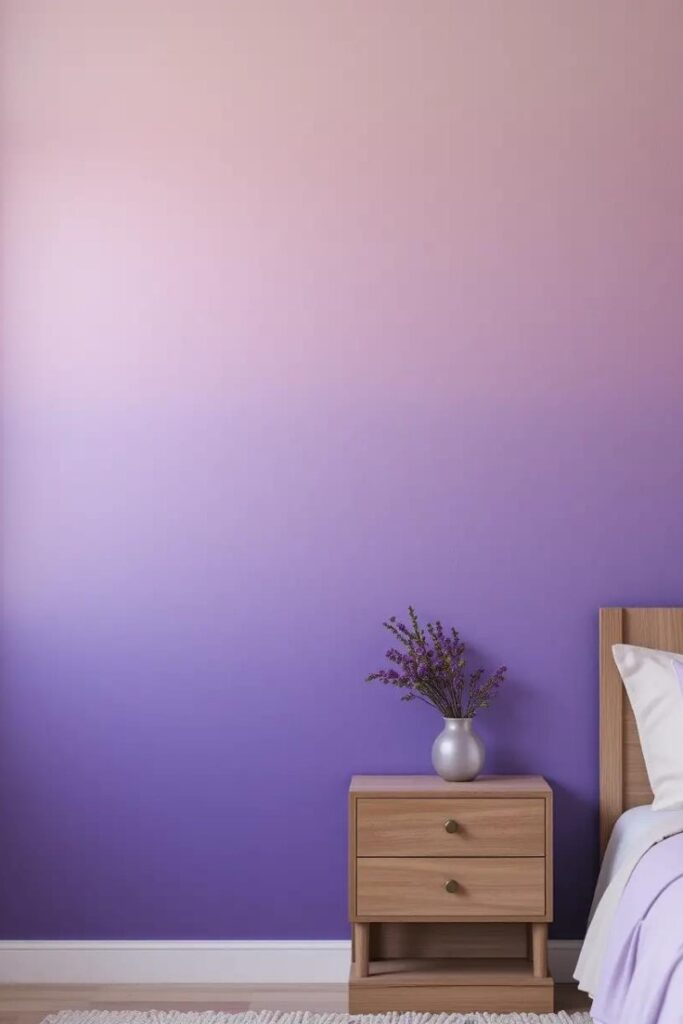
Create a graduated color effect on walls or textiles, transitioning from a deeper shade to a lighter tint of the same pastel hue. This technique adds subtle movement and interest while maintaining color harmony throughout your pastel bedroom.
12. Vintage-Inspired Pastel Room
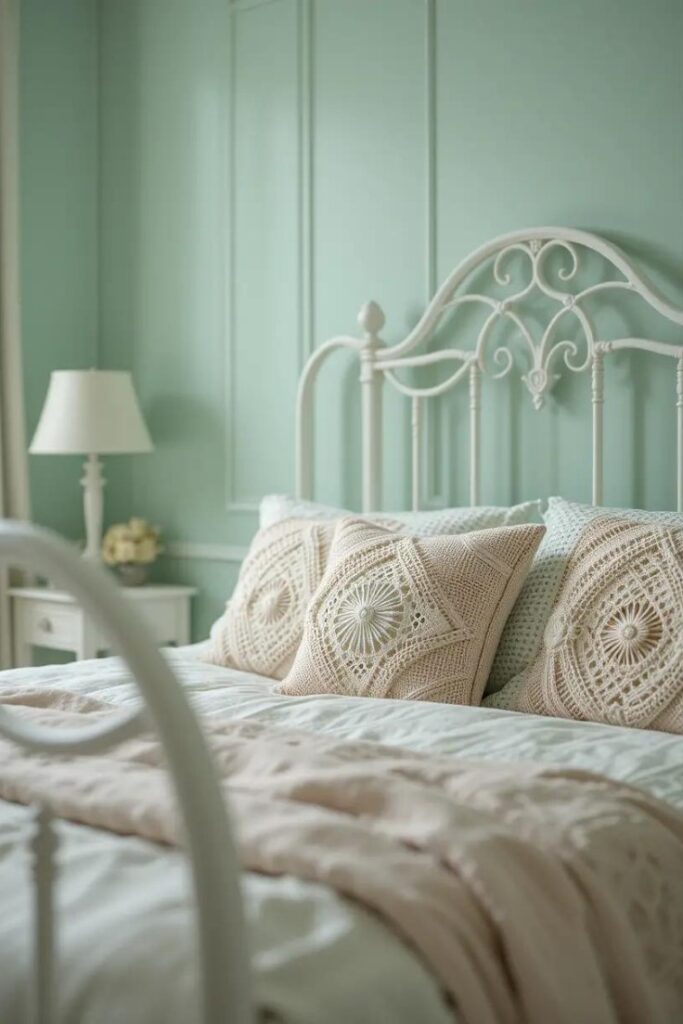
Embrace a nostalgic aesthetic by pairing pastel colors with vintage furniture and accessories. Soft mint green or pale pink walls complement antique wooden pieces, creating a space that feels both fresh and familiar. Add crocheted blankets or embroidered pillows for authentic vintage appeal.
13. Minimalist Pastel Approach
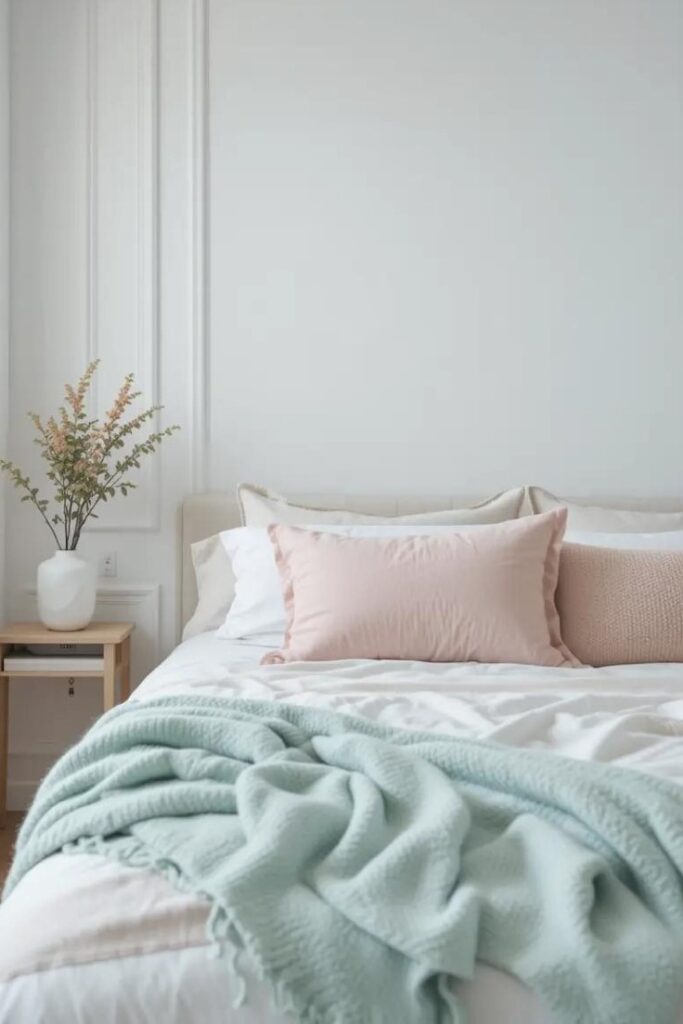
Combine pastel colors with minimalist design principles for a contemporary, uncluttered space. Choose one or two pastel accents against a predominantly white backdrop, focusing on clean lines and purposeful furnishings. This approach creates a serene pastel bedroom without unnecessary visual stimulation.
14. Pastel With Dark Contrasts
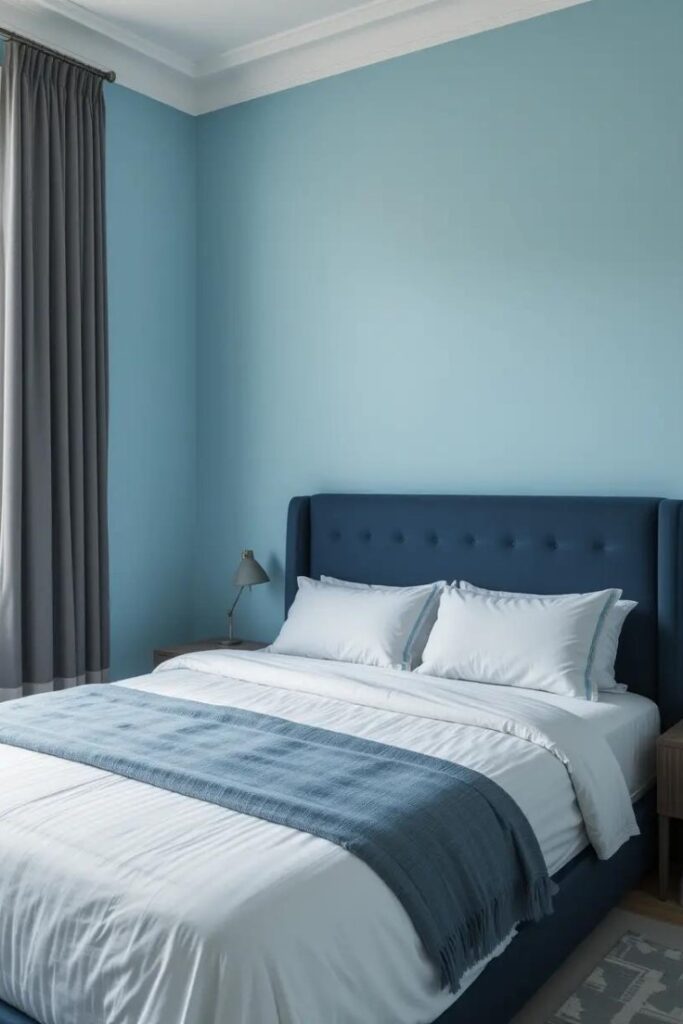
For a more dramatic interpretation, balance soft pastels with dark contrasting elements. Navy blue or charcoal gray accents ground pastel surroundings and prevent the space from feeling too lightweight or childlike. Consider a dark headboard against pastel walls or dark picture frames as focal points.
15. Pastel Window Treatments
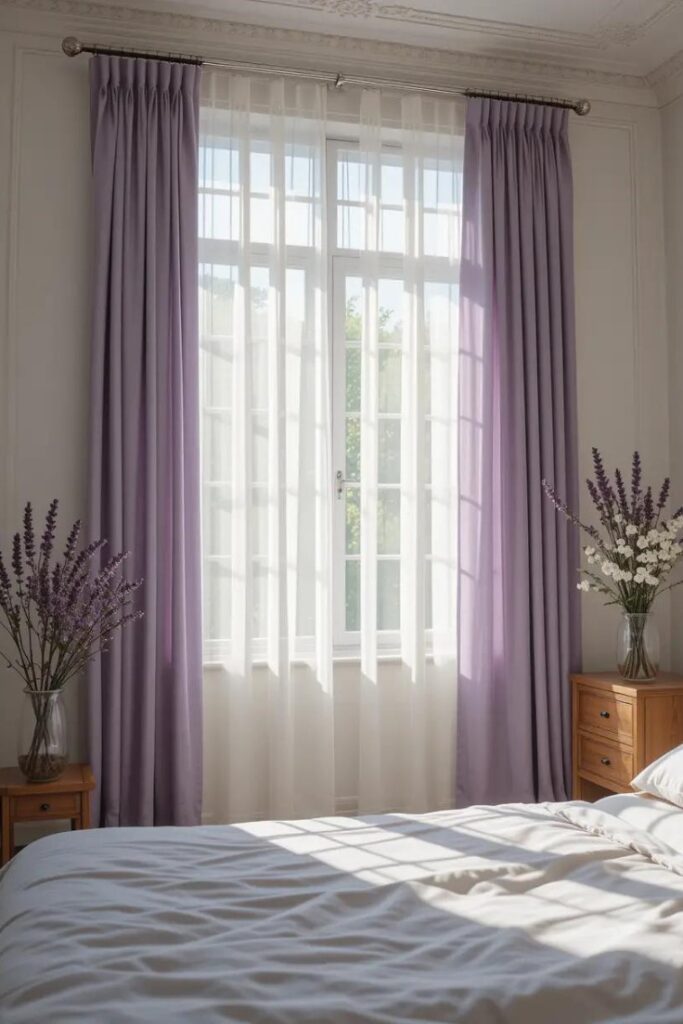
Transform your pastel bedroom with thoughtfully selected window coverings. Sheer curtains in pale yellow, lavender, or mint filter natural light, casting a gentle colored glow throughout the space. For more privacy, layer pastel curtains over neutral blinds or shades.
16. Pastel and Gray Combination
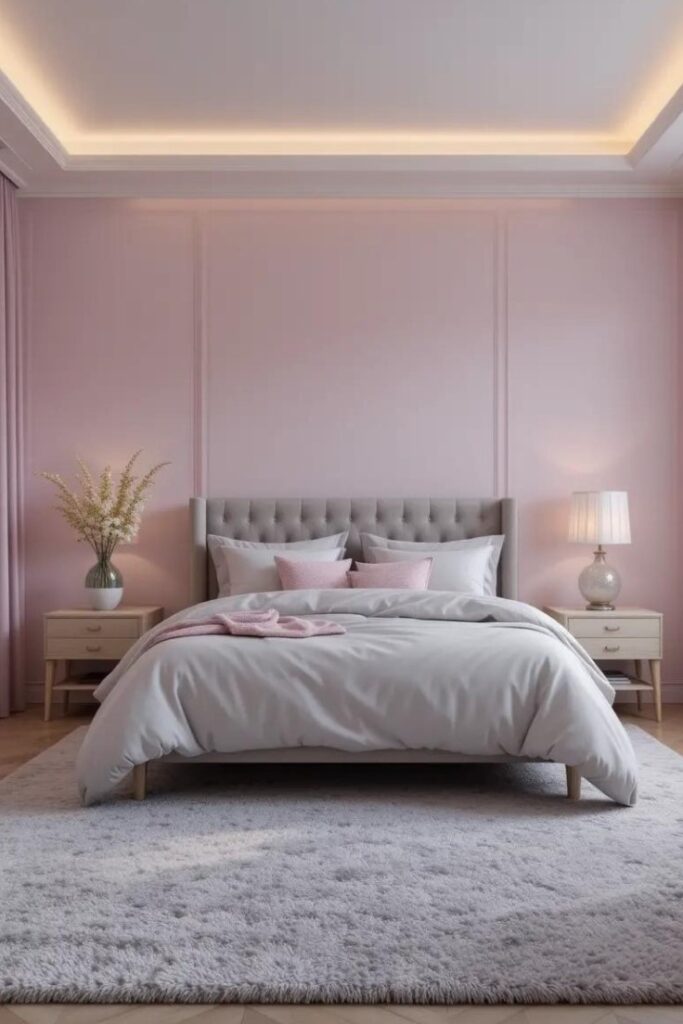
Pair pastel colors with various shades of gray for a sophisticated, contemporary look. Gray serves as a neutral anchor that tempers the sweetness of pastels while maintaining the room’s soft atmosphere. Consider pale blue or lavender walls with gray bedding and accessories.
17. Textured Pastel Walls
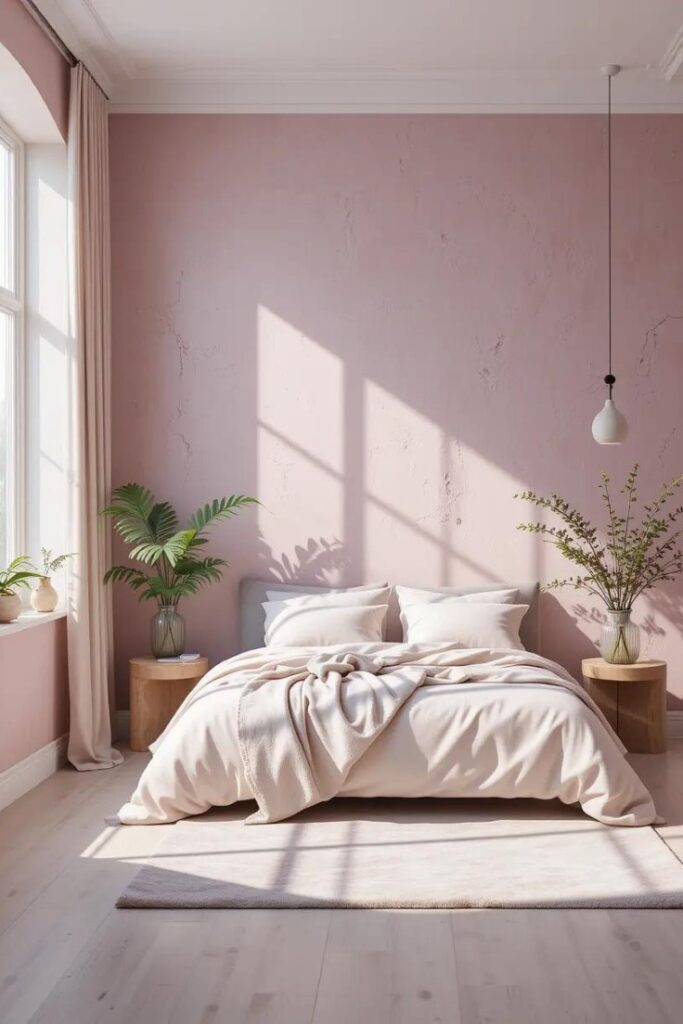
Add depth to your pastel bedroom through textured wall treatments. Techniques like Venetian plaster, subtle stenciling, or textured paint create visual interest and dimension while maintaining the gentle quality of pastel colors. These treatments catch light differently throughout the day, creating a dynamic space.
18. Mixed Pastel Palette
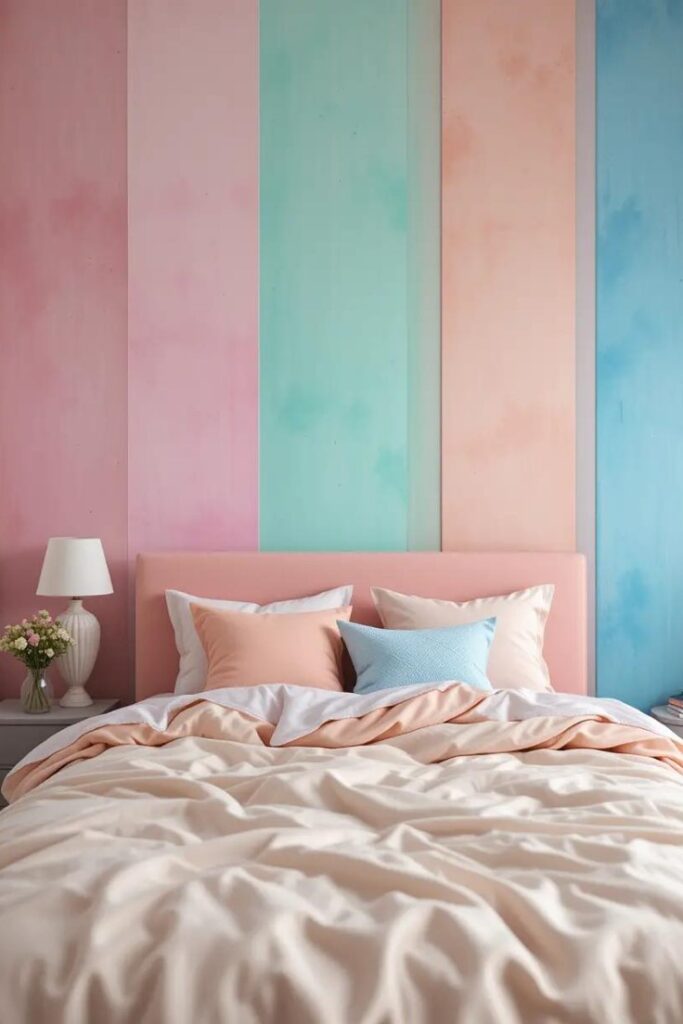
Combine multiple pastel shades in a thoughtful color scheme. For successful mixing, choose pastels with similar undertones—either all warm (peach, yellow, pink) or all cool (blue, green, lavender). Distribute colors evenly throughout the space for a balanced, cohesive pastel bedroom.
How to Implement Pastel Colors Effectively
Creating a successful pastel bedroom requires thoughtful planning and execution. Consider these guidelines when incorporating pastel colors into your space:
- Balance pastels with neutral tones to prevent the room from feeling overwhelming or juvenile
- Incorporate various textures to add depth and interest to the soft color palette
- Consider the room’s natural light when selecting specific pastel shades
- Use pastel colors in unexpected places—inside drawers, on ceiling medallions, or behind shelving
- Combine pastels with plants for an organic, fresh feeling
- Pay attention to undertones when selecting complementary pastel colors
Maintenance and Practical Considerations
While aesthetically pleasing, pastel bedrooms also require practical considerations:
- Light-colored textiles may require more frequent cleaning, especially in households with children or pets
- Some pastel wall paints may show marks and scuffs more readily than darker colors
- Consider washable paint finishes for easier maintenance
- Pastel furniture pieces may need periodic touch-ups to maintain their fresh appearance
- Protect pastel upholstery with appropriate fabric treatments
Conclusion
A pastel bedroom offers countless possibilities for creating a personal, peaceful retreat. Whether you prefer a contemporary, traditional, or eclectic aesthetic, these 18 ideas demonstrate how pastel colors can enhance your sleeping space while reflecting your individual style. By thoughtfully incorporating these soft hues through walls, furniture, textiles, and accessories, you can transform your bedroom into a soothing environment that promotes rest and relaxation.
Remember that successful design comes from balancing color, texture, and personal expression. With these pastel bedroom ideas as inspiration, you can create a space that feels both fresh and timeless, adapting to your needs and preferences for years to come.
Questions & Answers About Pastel Bedrooms
Are pastel bedrooms suitable for adults, or do they look too childish?
Pastel bedrooms can absolutely work for adults when implemented thoughtfully. The key is balancing pastel elements with sophisticated accessories, interesting textures, and more mature design features. Avoid overly sweet combinations and incorporate contrasting elements like dark wood or metal accents to create a refined space suitable for any age.
Which pastel colors work best for creating a relaxing sleeping environment?
Soft blues, gentle lavenders, and muted greens are particularly effective for promoting relaxation and sleep. These colors have been shown to lower heart rate and reduce stress. Pale pink can also create a calming effect when used in muted, dusty tones rather than brighter variations.
How can I prevent my pastel bedroom from looking too feminine?
Balance pastel colors with elements traditionally considered more masculine, such as geometric patterns, dark contrasting accents, industrial materials, or substantial furniture with clean lines. Using pastels as accents rather than dominant elements can also create a more gender-neutral space while maintaining the benefits of these soothing colors.
Will pastel colors make my small bedroom look larger?
Yes, pastel colors typically make spaces appear larger due to their light-reflecting qualities. They create an airy, open feeling that can visually expand walls. For maximum space-enhancing effects, choose cool-toned pastels like pale blue or mint green, and maintain consistency in tone throughout the room.
How do I choose the right pastel shade for my bedroom’s lighting conditions?
Consider your room’s natural and artificial lighting sources when selecting pastel colors. Rooms with northern exposure may benefit from warmer pastels like peach or pale yellow to counteract cool light. Southern-facing rooms already receive warm light, so cool pastels like mint or lavender can balance the space. Always test paint samples on multiple walls and observe them at different times of day before committing.
How can I update my pastel bedroom without repainting?
You can refresh your pastel bedroom through textiles and accessories without changing the wall color. New bedding, curtains, rugs, or throw pillows can dramatically alter the room’s appearance. Changing hardware on furniture, updating light fixtures, or introducing new decorative elements can also transform the space while maintaining your pastel foundation.


